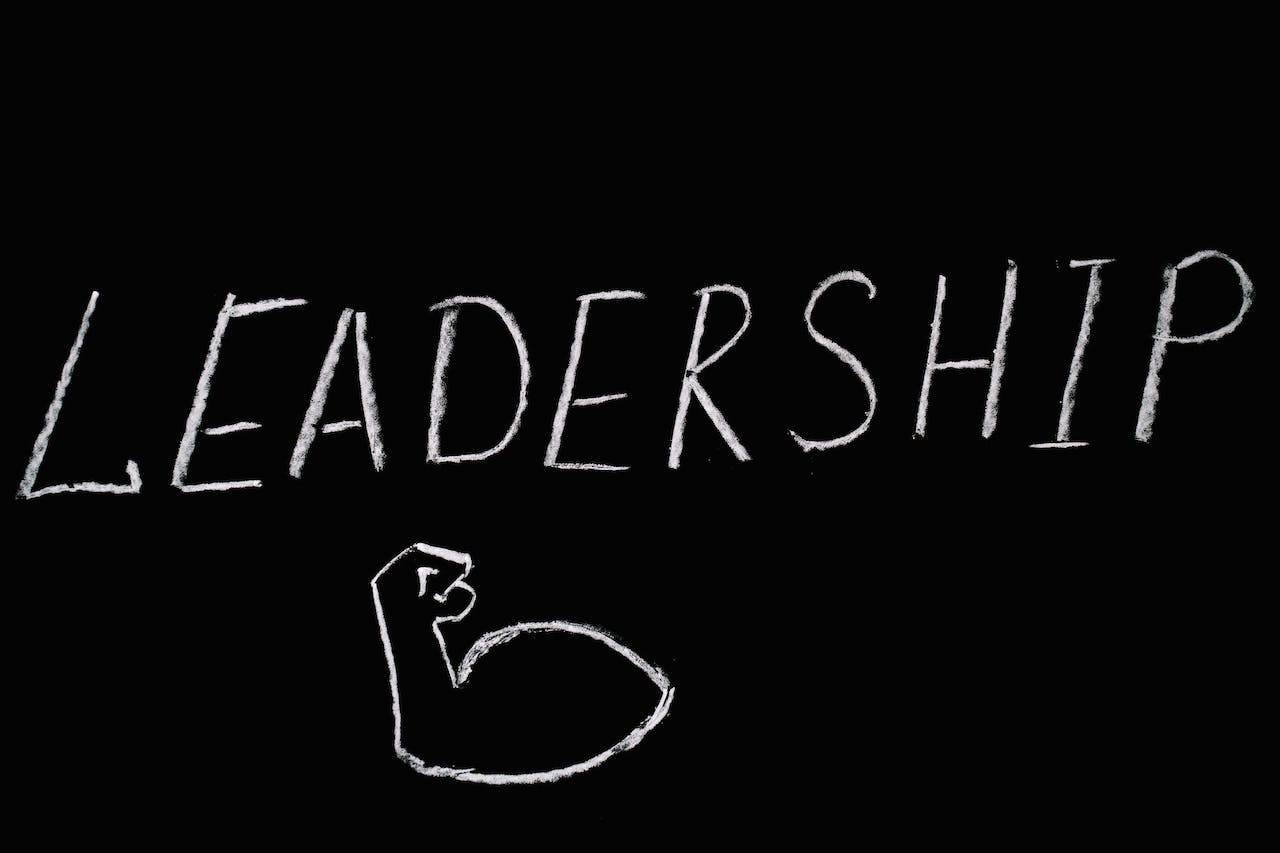Before moving forward, it is crucial to understand the fundamental characteristics of management and leadership. The demands of management and leadership though loosely interrelated, are fundamentally different and each plays distinct roles in achieving organizational success.
Demands of Management
In an organizational setup, the demands of management are essentially the responsibilities and accountabilities required from the management team to carry out the operational activities and achieve the company’s set objectives efficiently and effectively. This includes tasks such as project allocation, resource management, evaluation, and control, ensuring that employees are properly trained and directed, and overall managing the efficiency of operations within an organization.
Demands of Leadership
On the contrary, leadership demands pertains to the roles and responsibilities that guide, inspire, and influence team members within an organization. A leader’s function is often strategic and revolves around setting a vision, influencing, and empowering employees to accomplish goals, fostering creativity and innovation, and ensuring ethics and organizational values are upheld.
Understanding Management Demands
The Role and Responsibilities of Management within a Company
The spectrum of management encompasses far more than the fundamental aspects of supervision. It is about crafting strategic plans, allocating and managing resources adeptly, and making pivotal operational decisions that can steer the company in the right direction. Management is entrusted with the task of ensuring a seamless communication network throughout the company and executing the policies crafted by the higher echelons of the corporate hierarchy. This complex tapestry of duties also includes undertaking comprehensive risk assessments, guaranteeing that quality benchmarks are met, and tactfully resolving any conflicts that might emerge within the workplace. Managers act as pillars supporting the structure of the company, without which the organization would waver under the pressures of the corporate environment.
How Management Demands Can Impact the Overall Success of a Company
The effective functioning of management is the backbone that propels a company toward its overarching objectives and vision. Impeccable management practices are not just about augmenting productivity; they are also about instilling efficiency and fostering a vibrant, positive work culture. These elements are crucial as they have a profound influence on a company’s ascendancy. In the flip side of this scenario, subpar management can be detrimental—introducing operational inefficiencies, engendering a drop in employee morale, and undermining the company’s trajectory towards growth and success. The repercussions of weak management are far-reaching and can cripple the company’s ability to thrive in a competitive landscape.

Comprehending Leadership Demands
The Key Role and Responsibilities of Leadership
Leadership transcends the mere possession of a hierarchical title and delves into the heart of influencing and shaping the future of an organization. It encompasses the responsibility of articulating a clear and compelling vision, nurturing and sustaining the organizational culture, and driving the workforce with motivation and inspiration. Effective leaders invest in the growth and development of their team members, incentivizing progress and innovation. They are the mavericks who question the conventional, catalyze change, and lay the groundwork for the company’s long-term strategic initiatives. The essence of leadership lies in its capacity to marshal the collective energies of the company towards achieving remarkable feats.
The Impact of Leadership Demands on a Company’s Performance and Success
The caliber of leadership within a company has a direct correlation with its operational efficacy and creative output. Stellar leadership serves as a beacon that guides employees to perform at their zenith, fostering an environment ripe for groundbreaking ideas and inventive solutions. It is the crucible within which loyalty and dedication are forged, contributing to a surge in overall productivity and the cumulative success of the business enterprise. In stark contrast, a deficit in strong leadership can sow the seeds of disenchantment among employees, cultivating a toxic organizational culture that can be the harbinger of the organization’s downfall. The implications of ineffective leadership are severe and can stagnate a company’s growth, or worse, reverse its fortunes.
Balancing the Demands of Management and Leadership
The Need to Balance the Demands of Both
Achieving a harmonious balance between management and leadership is crucial for the thriving of any organization. Management typically emphasizes operational efficiency, process adherence, and control, focusing on the day-to-day execution of tasks. In contrast, leadership is about setting a vision, inspiring, and empowering employees to reach their potential and embrace innovation. A well-balanced approach ensures that while the company meets its immediate, tactical goals, it also fosters a forward-thinking environment that adapts to changes and challenges.
This balance is vital because each aspect brings unique value to the organization. Effective management provides structure and stability, ensuring that operations run smoothly, resources are utilized efficiently, and goals are met consistently. Leadership, on the other hand, drives change, motivates employees, and cultivates a culture of continuous improvement and adaptability. An organization that masters both can navigate through complexities while remaining steadfast in its growth trajectory.
The Consequences of an Imbalance between Management and Leadership Demands
Neglecting either management or leadership can have detrimental effects on an organization. Overemphasis on management often results in a rigid, process-oriented culture that may hinder creative thinking, innovation, and employee engagement. Such environments might stifle new ideas and discourage risk-taking, leading to stagnation. Conversely, too much focus on leadership without adequate management can create chaos and confusion, with lack of direction in daily operations. This imbalance may lead to unmet targets, inefficiency, and even financial losses.
Organizations that lean too heavily towards leadership might experience visionary but impractical initiatives. Employees may feel inspired but lack clear guidelines or support to implement these ideas effectively. This misalignment between inspiration and execution can create frustration and demotivation among staff.

Strategies for Balancing Management and Leadership Demands
Developing Effective Communication Channels
Central to striking a balance is the establishment of effective communication channels. Open and transparent communication fosters an environment where employees feel valued and heard, contributing to higher engagement and morale. Leaders and managers should encourage feedback and dialogues, allowing ideas and concerns to flow freely. This exchange ensures that while leaders inspire and set the vision, managers can translate this vision into actionable plans understood by all.
Regular team meetings, one-on-one check-ins, and an open-door policy can contribute significantly to this communication. Such practices ensure that employees at all levels are aware of the organization’s objectives, their roles in achieving these goals, and the impact of their work on the organization’s success.
Prioritization and Delegation of Tasks
Effective delegation is a critical skill for balancing management and leadership. By delegating tasks appropriately, leaders and managers can focus on their core responsibilities – leaders on strategic direction and vision, and managers on operational execution. This approach also empowers employees, giving them a sense of ownership and responsibility.
Prioritization is equally important. Leaders and managers need to identify which tasks and projects align most closely with the organization’s goals and allocate resources accordingly. This process involves assessing the impact of various tasks and deciding which ones warrant immediate attention and which ones can be deferred or delegated.
Investment in Training and Development Programs
Investing in training and development is essential for nurturing the right balance of skills. Tailored programs can enhance managerial efficiency and leadership effectiveness, bridging any gaps that might exist. For example, leadership training can focus on vision-setting, motivational skills, and emotional intelligence, while management training can emphasize operational planning, project management, and process optimization.
Continuous learning opportunities not only equip leaders and managers with necessary skills but also signal the organization’s commitment to their growth. This investment can lead to increased job satisfaction and retention, as well as a more resilient and adaptable workforce.
Challenges in Balancing the Demands of Management and Leadership
Achieving the right balance is challenging. It requires continuous effort to align the organization’s culture with its strategic vision. Challenges like resistance to change, skill gaps, and communication barriers are common. To overcome these, organizations must foster a culture of open communication, invest in continuous learning, and commit to aligning every aspect of the business with its core objectives. Leadership and management need to work in synergy, each complementing the other, to create a dynamic, effective, and thriving organization.
Conclusion
In summation, balancing the demands of management and leadership is critical in steering an organization towards its vision. The key lies in fostering a harmonious coexistence of the managerial and leadership roles that promote efficiency and foster creativity and innovation. It is essential for organizations to realize that cultivating an environment where both leadership and management can thrive plays an integral role in achieving business success. By implementing effective strategies to deal with the unique demands of management and leadership, companies can robustly navigate the path to success.


















